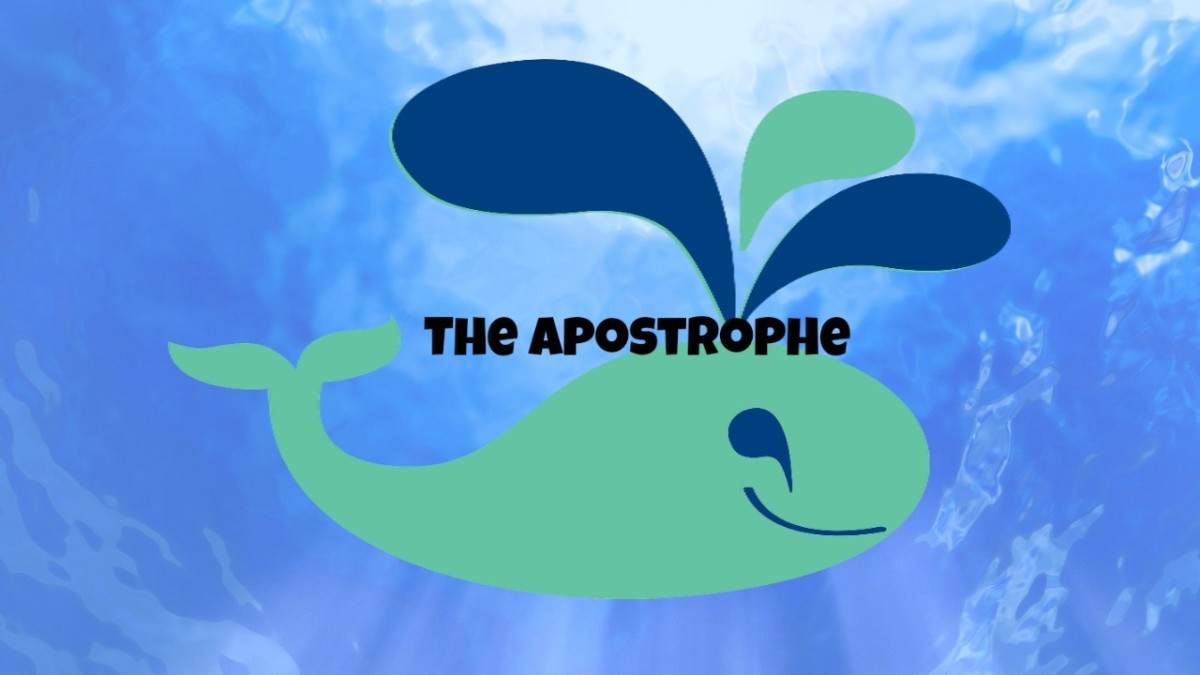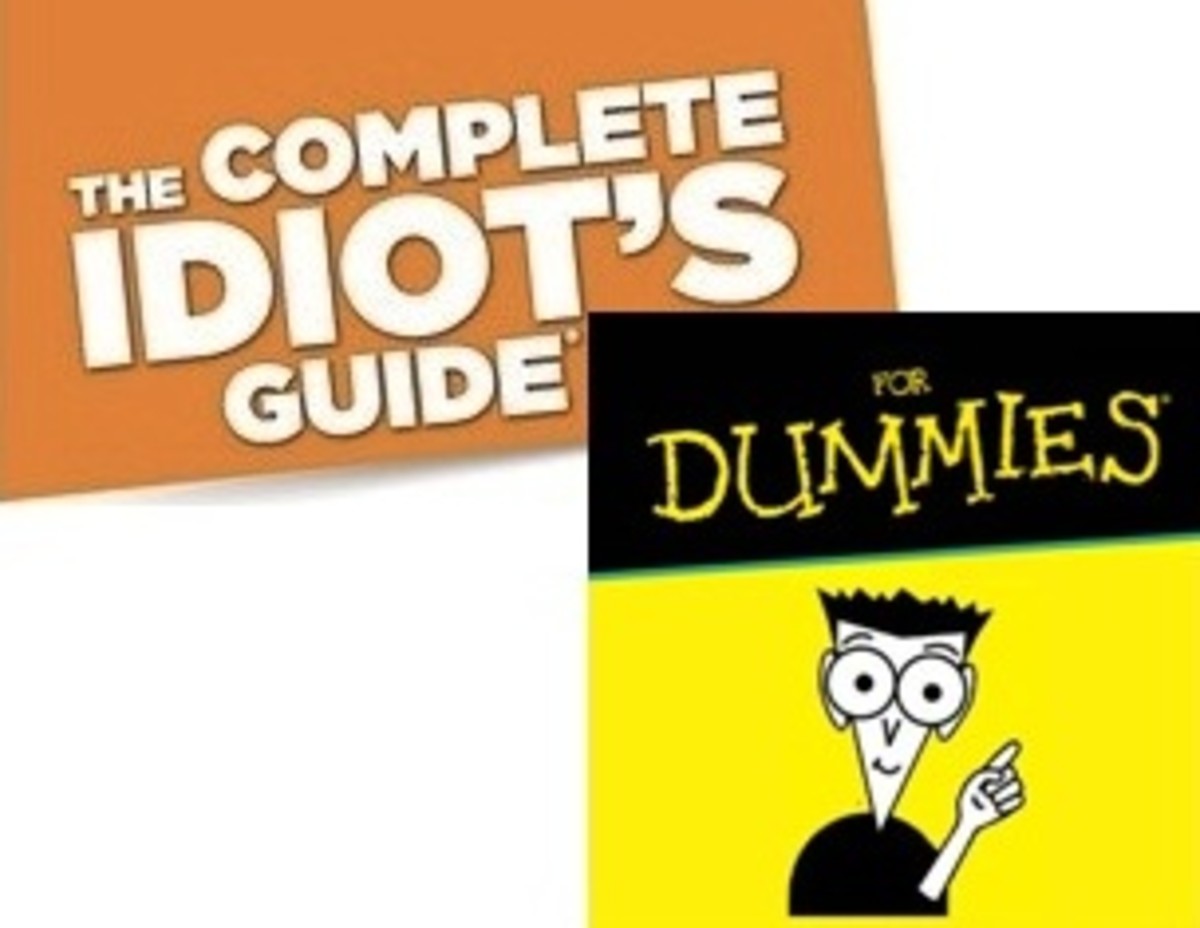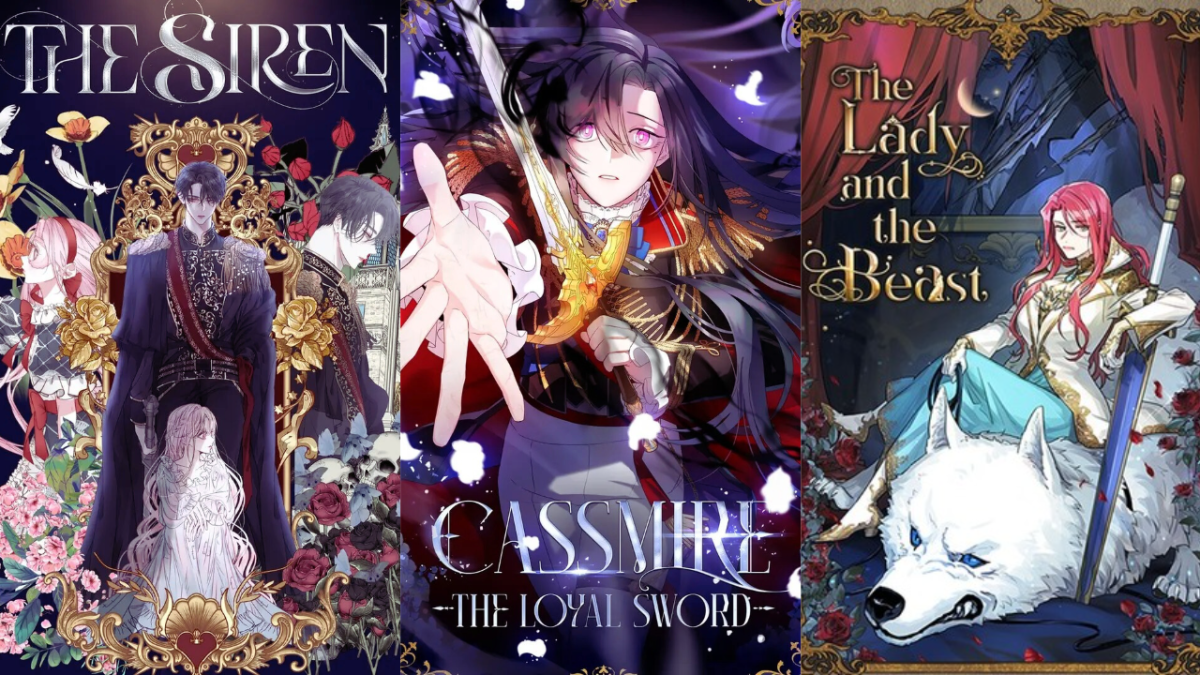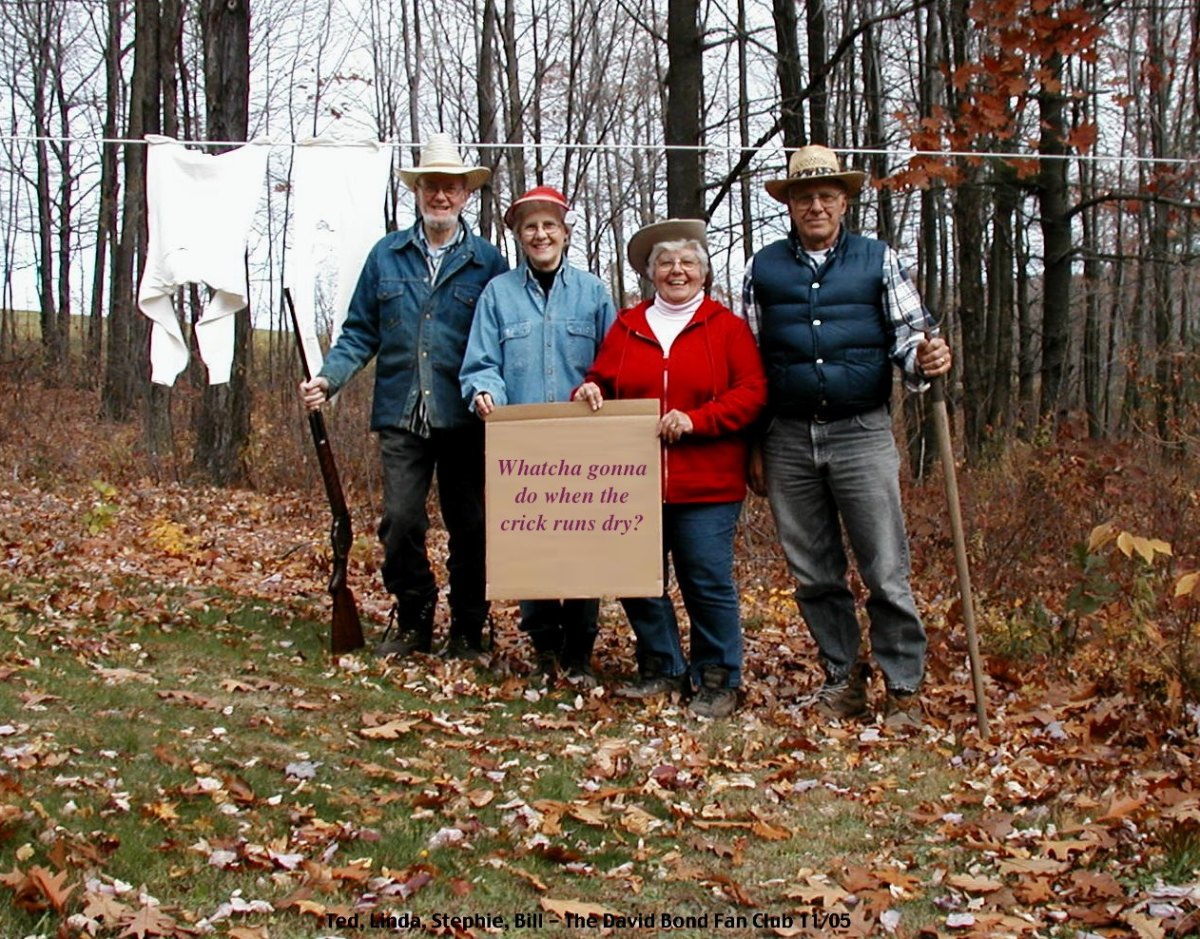Apostrophes for Dummies
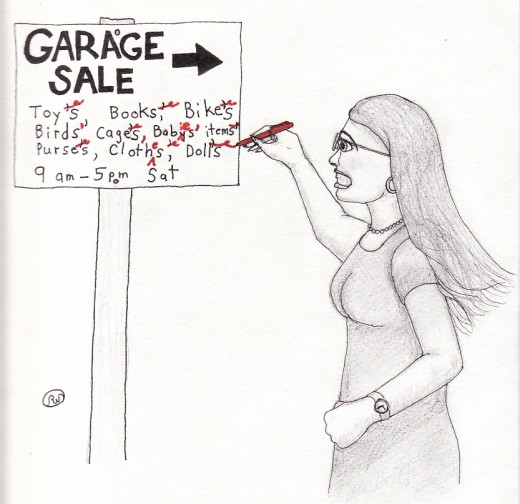
The First Hub in a Series on Punctuation and Word Use
I’m a stickler for correct punctuation and word use.
It seems like the rest of the world is not.
How did I come to be such an oddity? I don’t know, but it ought to be of use to the growing percentage of people—writers included—who don’t know where to place a comma or an apostrophe. If you are interested in the why of my knowledge, I can only say that I paid attention in English class, I pick up the style of everything I read, and I write a bundle. Beyond that, maybe it’s just a born inclination. (Don’t worry, I’m horrible at math, truly dyslexic with it, and although I work on it all the time, I’m still not the best speller in the world).
But what I hope you really want to know is how to do your punctuation correctly. Why is it important, you may ask? When you make an error in your writing, it draws attention to itself. The flow that the reader has been enjoying in your Hub, your novel, your nonfiction book, or even your garage sale sign, stops quite awkwardly when you’ve misplaced a period or written "there" instead of "their," for instance. I can’t speak for every reader, but I know that if something is wrong like that, I cringe and think, This writer is unprofessional and needs a proofreader. How I wish they would hire me to edit their work!
I could cover lots and lots of common problems, but let's start with the apostrophe.
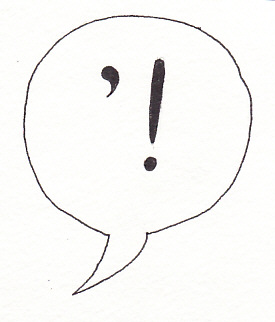
Possessives, Singular and Plural
An apostrophe is not to be thrown in whenever you want a plural! No, no, no! A simple s at the end suffices for most words, and if you add more than that many readers will at least sense something is wrong. The apostrophe indicates the possessive case, not multiple numbers.
Some examples to clarify:
Let’s say Henry owns several birds. (I just used another function of the apostrophe, the contraction, which we will discuss later). They are birds, not bird’s or birds’! But if you want to say whose birds they are, they are Henry’s birds. If you speak of the food he gives one of the birds, it is the bird’s food. But he’d better give the rest of the birds food or they will fight over it! So he feeds them all, and it becomes the birds’ food (plural possessive). Note that in the plural, ownership puts the apostrophe at the end of the word.
A word that does not change when it becomes plural still takes an apostrophe s only when it is possessive. For instance, when the sheep is a sheep among other sheep, one sheep’s food (singular) is the same as all the other sheep’s food (plural).
Then there are words that do not take an s for plural but change in other ways. Women is the plural of woman. (Please note the difference, as this is very commonly written wrong. Part of the confusion is that in pronunciation it’s the first syllable and not the second that changes, but in writing it’s the second syllable.) The woman’s purse is singular. The women’s purses is plural. If we talk, however, about hues, it is the woman’s purse’s color (singular possessive), and the women’s purses’ colors. Any questions?
According to Webster’s New World Dictionary, the apostrophe is also used for certain plurals, such as “6’s” and “i’s.” Perhaps this is where some people have gotten the idea to throw them into all sorts of plural situations. Don’t do it! Remember that such a use of this little crescent is rare. When in doubt, consult a good dictionary.
What About Words Ending in S?
If a word ends in s in its normal singular form and you want to use the possessive form, put an apostrophe at the end of the word.
The Incredible Morphing Contraction
A contraction is different from a possessive but also uses an apostrophe. Contractions are two words made into one that omit part of one of the words. The thing to remember is that the apostrophe goes where the missing letters would be. Hence we have can’t, don’t, shouldn’t’, haven’t, all missing the o in “not.” The informal word “ain’t” is spelled like this. It is a contraction of “am not,” and doesn’t look much like “am” anything.
Watch Out for “It”!
“It” is an exception to the rule when it comes to the possessive form, because it would be too easy to confuse “its” (belonging to “it”) with it’s (it is). If you have trouble remembering, note that that no other possessive pronoun (his, her, hers, their, theirs) has an apostrophe, either.
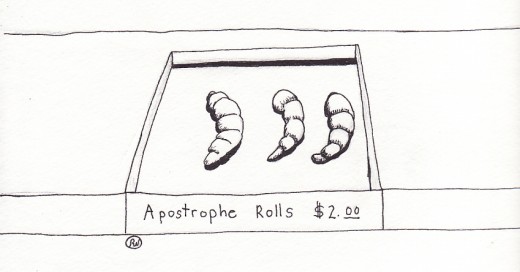
Try It!
If you can learn these rules and practice the examples, you may go farther than many a writer whose work shows the same errors in critique after critique and gets rejection letters without explanation from publisher after publisher. If you can’t learn it, I hope that you will hire an editor…like me, for instance.
I have written this with a grain of humor and a lighter touch, noticing as I go that I am still a dummy too and don’t know all the rules and exceptions myself. Please comment if I have made any mistakes or omissions of advice that would be helpful on this subject. More hubs about punctuation and word use are forthcoming, and suggestions about their focus or approach would be welcome! Especially helpful would be links or book referrals to help refine our knowledge of clear writing. When we follow these simple rules, communication becomes clearer and understanding more universal.
It also makes us look smart!
Punctuation for Young and Old
Poll
Are you confident in your use of apostrophes?
More help with apostrophes
- The Apostrophe
The apostrophe has three uses: 1) to form possessives of nouns, 2) to show the omission of letters, and 3) to indicate plurals of letters, numbers and symbols. But do NOT use apostrophes for possessive pronouns or for noun plurals.





